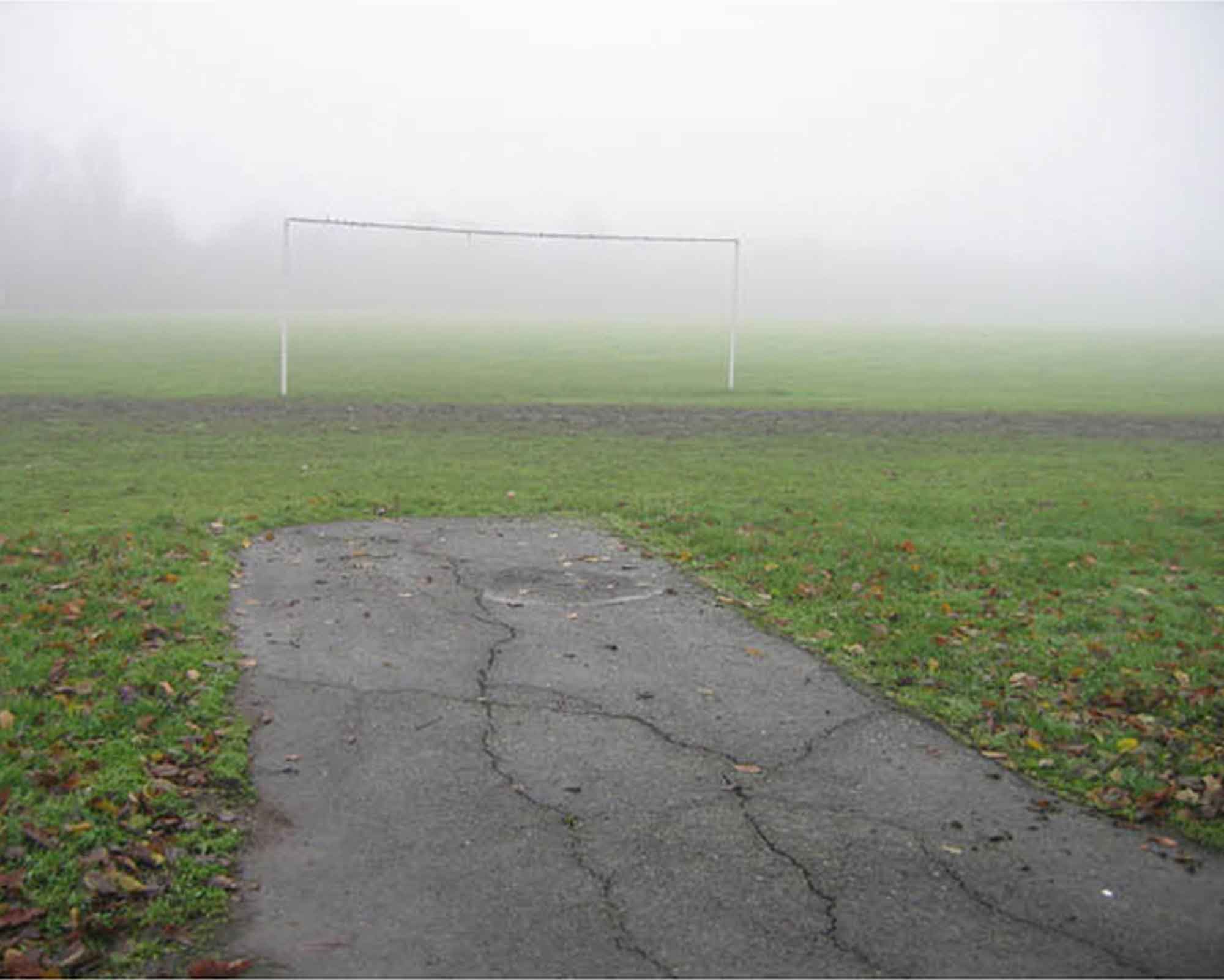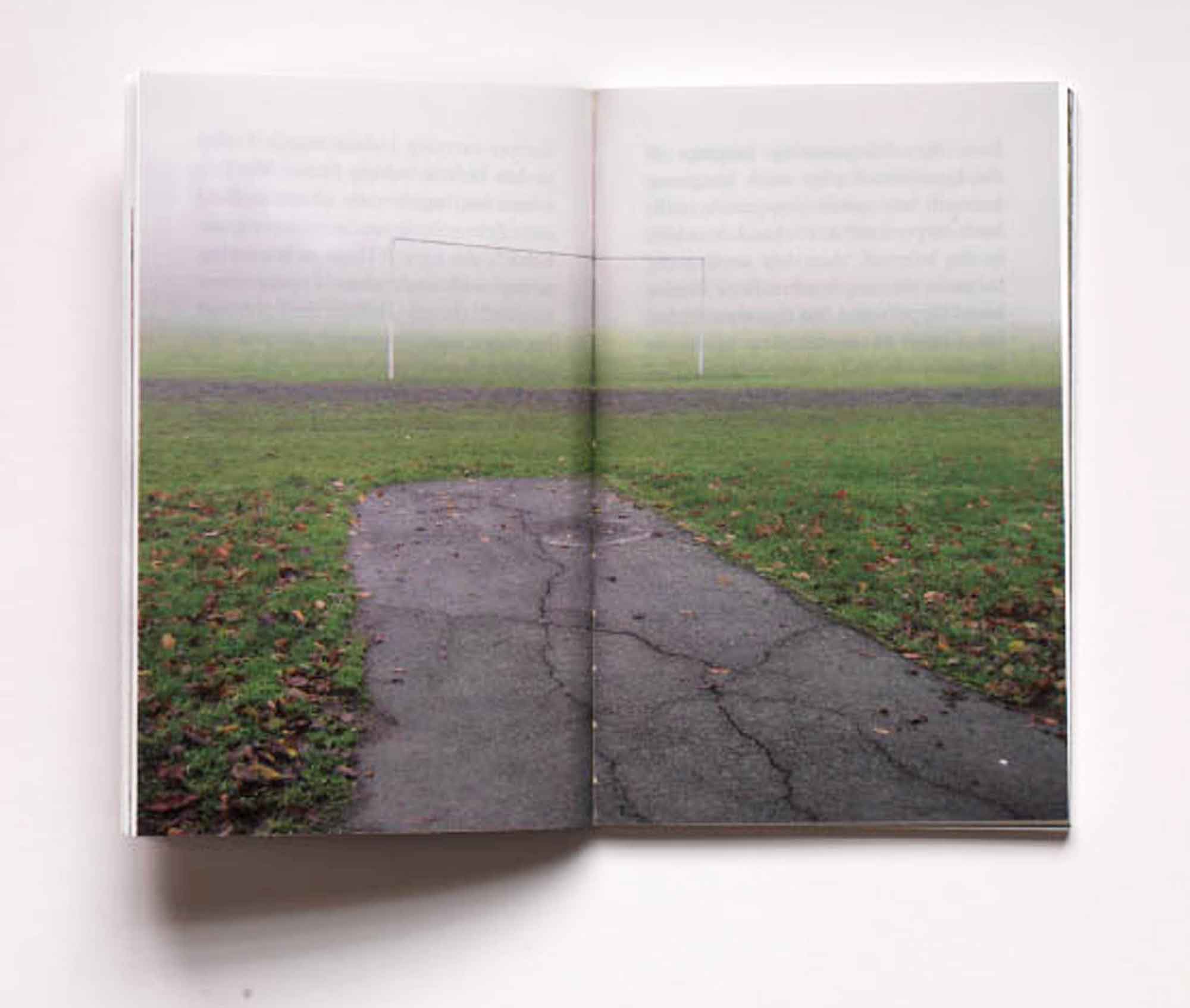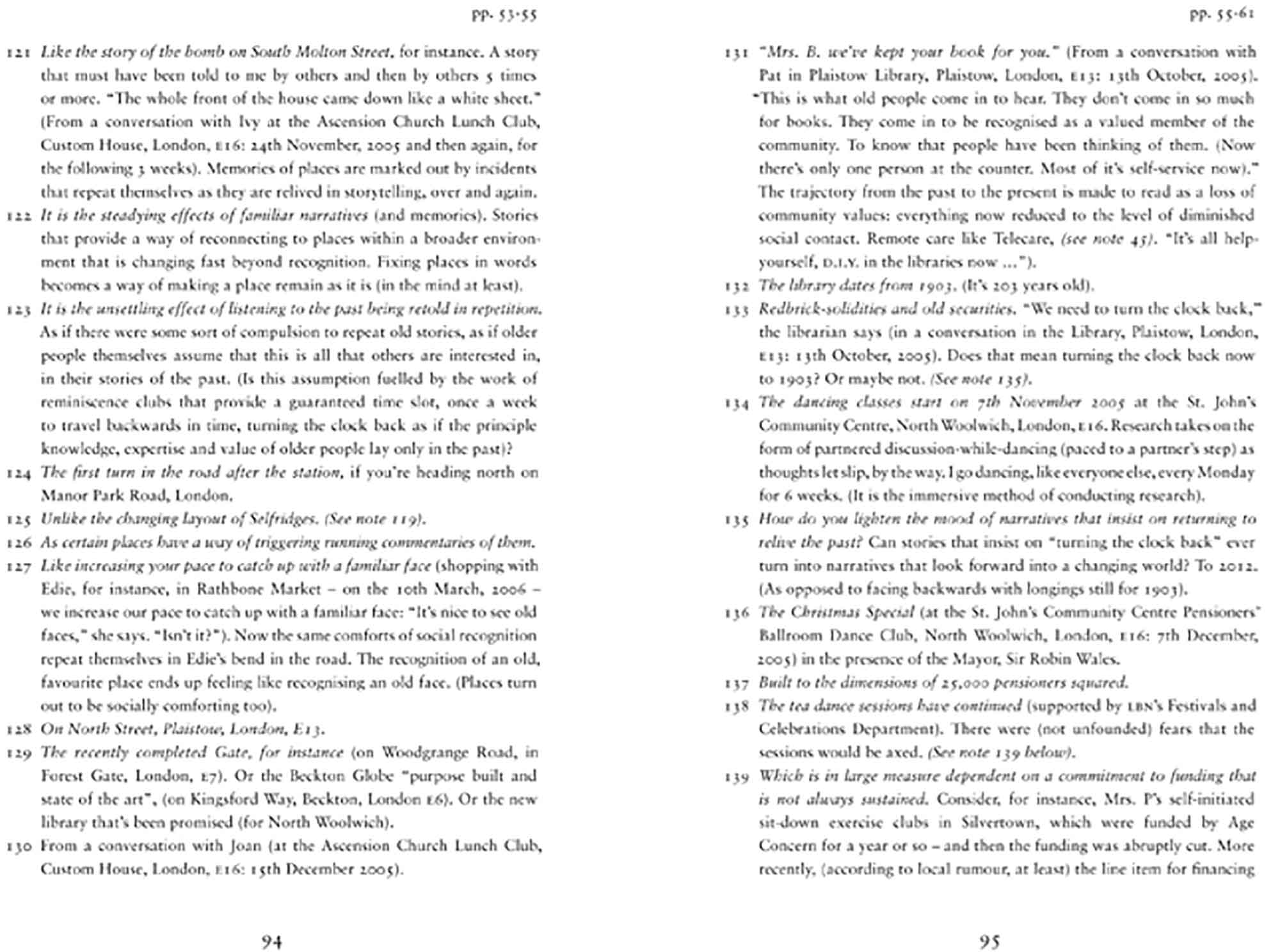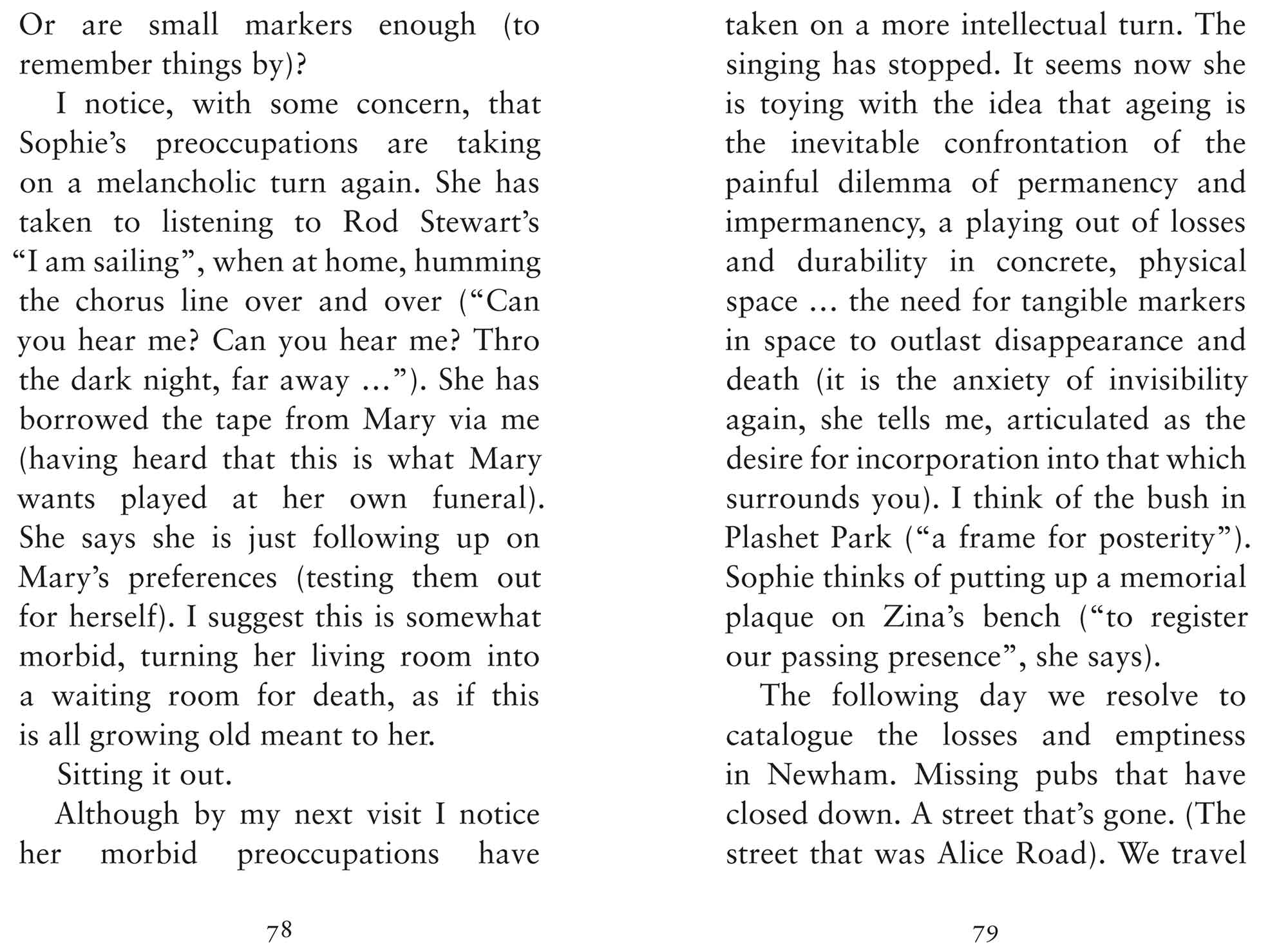





A semi-fictional journey through regenerating Newham investigating the spatiality of ageing from Plaistow to Canning Town. Featuring such notable places as the shelves in Poundland and that double avenue of trees in Beckton Park (gone missing).
The Fluid Pavement is an exploratory Large Print novel on the ‘spatiality’ of ageing. Built up out of found stories, collected from across the regenerating borough in which it is set, this is a story that wanders with its protagonists across the length and breadth of Newham, searching out the hidden physical and emotional geographies of older age, in this already marginal context (Newham is, demographically, London’s least old borough).
Moving beyond the default narratives around ageing of dependency, need and loss, this is a story that offers up space for the expression of Other spatial stories and fantasies around older age. The novel culminates with a series of (absurdist) spatial propositions on ‘how to’ otherwise lay claim to the public realm in older age (‘fluidified pavements’ for recovered ease of movement, ‘pensioner-twinned trees’ to recover an age-equivalent sense of space).
The book is, eventually, deposited in Newham’s local mobile library as a ‘fully accessible’ product (produced in Large Print to 16 point type standard). The story finds itself back in the landscape out of which it emerged, its elderly subjects become its active, critical readers in turn.
The novel works, in this way, as a kind of critical lever: its readers re-reading and reflecting on the geography of their everyday lives. But it is also a story that works as a brief. The book’s final fantasy propositions (written in 2006) become the basis for a series of gently disruptive urban interventions, acted out in the real world, one year on. Like the architect’s speculative proposition that turns into an actionable brief, the semi-fictional storyline of The Fluid Pavement generates its own grounded practice – off the written page.
Sophie Handler works at the intersection of creative practice and public policy, exploring the spatial politics of ageing through creative writing, participative urban interventions, academic research and policy development. She is author of The Fluid Pavement (a large print psychogeographic novel on ageing), An Alternative Age-friendly Handbook and is chair of the RIBA working group on Research and Ageing. Her practice-based work operates under the platform Ageing Facilities.
Writing for me has been a way into developing a critical spatial practice (Jane Rendell) around ageing – a practice that situates itself both on and off the written page. I started out using writing as a tool for collaborative documentary-making (mapping out the infra-ordinary geographies of growing old). This has since turned into a generative tool (briefs for acted-out interventions), as a tactical device (that experiments with the boundaries of mainstream public policy and marginal forms of spatial practice), as a gently disruptive tool (that destabilizes the received language and vocabulary around ageing).
Borrowing from and parodying different forms of writing across fiction, art and public policy writing becomes a way of drawing in diverse and varied readerships with the intention of creating a public space of communication and critical reflection around ageing.
Patrick Kieller, Robinson in Space, London (1997)
Georges Perec, Species of Space and Other Pieces (1997)
Elizabeth Diller, Bad Press (1996)
Extract from THE FLUID PAVEMENT, Chapter 1, ‘DEGENERATION’
It is late autumn (not the best time to be cultivating positive thoughts about regeneration and renewal). Already I notice Sophie talking about the onset of winter, giving into that dejected phraseology of the season: “winter’s starting now, isn’t it?” and ‘I’m not as young as I was”. Her brooding seems to have intensified.
She has ventured out of late – visiting the Centre for Policy on Ageing on Ironmonger Row weekdays from 10 until 4. Though I suspect this is only the beginning of a hibernation of sorts: a retreat into academic brooding over “the problem of ageing”. I join her most mornings at the centre. She has enlisted my help (as her research runner) to do some “preliminary work” prior to the borough-wide fieldwork that will be the main focus of our investigations. In the reference room we consult the latest census statistics on population growth for the London Borough of Newham and are startled to find the bulging-out of its population at the line of mid-20 year olds (the generation rising up to working age). “It is the age of productivity!” Sophie exclaims. There is a sourness in her voice. The bulge is much larger than either of us had thought.
We try to tease out the spatial implications of a borough that is growing more youthful by the day. Wondering whether the shape of a place will always respond to the demographics of its population.
Is regeneration merely the spatial rearrangement of the borough according to the rising logic of youth?
I tell Sophie what I’ve already begun to notice recently: that cemeteries around the borough are closing down, or else being sold off – for private management. Or is it redevelopment? I tell her about the monk I met on Balaam Street last week who told me there aren’t enough people dying in the borough to make good economics out of death… which is why the cemeteries are closing down. Apparently.
“Is this how regeneration is measured?” Sophie asks. “As a declining value of freshly filled burial plots?” Here is the denial of death and a distancing from those who appear to be closer to death. “Which is the whole problem with ageing”, she says, “this proximity to death.”
We pull out a box of promotional pamphlets from the local studies section of the reference room – sifting through brochures selling bright and bold regeneration schemes, scrutinising images of glossy coloured hoardings built up around what we imagine to be soon-to-be-demolished flats (things deemed “past their prime”).






































































